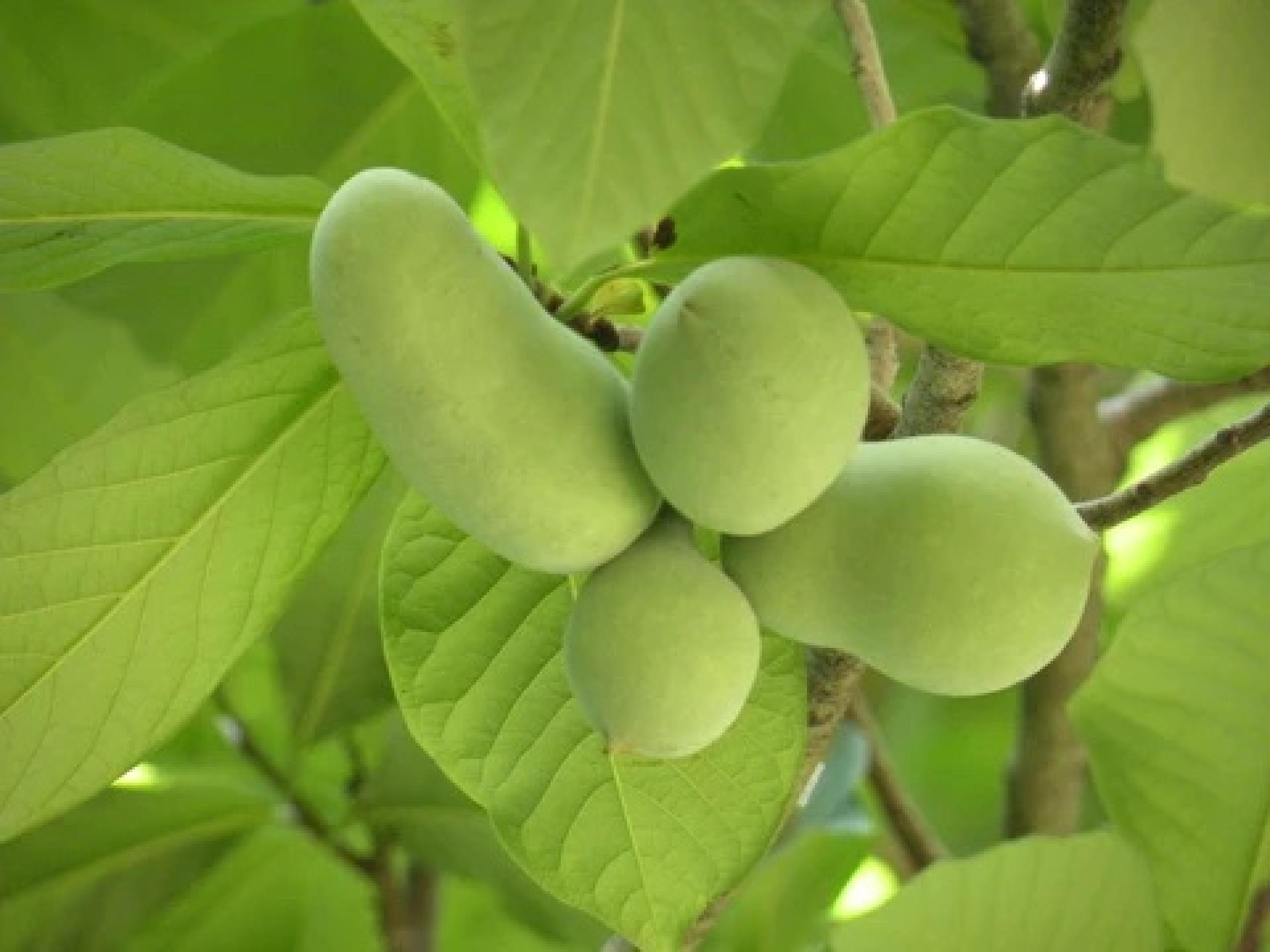You are here
Be A Better Gardener: More on PawPaws
Be A Better Gardener: More on PawPaws
by Thomas Christopher
Ben Grantham, an alert reader, sent me a message after the publication of my recent article about pawpaws. Ben brought to my attention the fact that pawpaw trees contain in their fruits (and foliage and bark) compounds that are neurotoxic and have been suggested to be connected to an increased risk of brain lesions with effects similar to Parkinson’s Disease.
Some research revealed that Mr. Grantham’s concerns are not without support, although, from what I can learn, not applicable to the average pawpaw grower or consumer.
Some online reading revealed that indeed pawpaw fruits contain bioactive compounds, in particular annonacin. This has been proven to be toxic to cancer cells and is being studied as a possible treatment for some types of cancer, although results of studies are so far mixed. Annonacin is also a proven neurotoxin; in sufficient concentrations it can affect cortical neurons in the brain.
I found reports of studies in the Caribbean, where several fruits related to pawpaw are popular items of the diet, that suggested that a lifetime of their consumption, often combined with the consumption of teas made from the plant leaves as herbal medicines, “may possibly contribute” to elevated levels of an atypical form of Parkinson’s Disease. Interestingly, the overall level of Parkinson’s Disease was not increased – the difference between consumers and non-consumers was only in the percentage of the atypical form.
This last bit of information I received from Sheri Crabtree, a horticultural research and extension associate in Kentucky State University’s Pawpaw Program, the only university program to preserve, improve, and promote the growing of this delicious native North American fruit. Sheri pointed out in her email to me that the study from the Caribbean Island of Guadalupe which is most frequently cited as a cause for concern involved subjects who consumed the leaf teas on a daily basis. She also directed me to another study from India (where the pawpaw relatives are also grown) that found that annonacin and related compounds were so insoluble in their natural form that the medical benefits the researchers were tracking depended on the administration of processed extracts.
Where does this leave us? Certainly, I would avoid use of the pawpaw extracts promoted online as health supplements. As to the fresh fruits, I intend to follow Kentucky State University’s recommendation.
As Sheri Crabtree said to me:
“We consulted with the FDA several years ago concerning this, and their conclusion was that ‘pawpaw has a long history of food use and FDA does not currently have any evidence indicating that pawpaw is unsafe to eat’. Considering the FDA's recommendation, we do not see a problem with normal consumption of pawpaw, especially in moderation, in the limited amounts that most people would eat.”
Finally, to put things in perspective, I want to emphasize that many food crops contain toxins to some degree. This is because plants conduct a never-ending war with plant-eating insects, a sort of chemical arms race. Plants continuously evolve toxic chemicals that infuse their tissues to discourage grazing, while the insects and other herbivores evolve resistances to the toxins so that they can safely consume the plants.
A notable example of this is the nightshade family, which includes such garden staples as potatoes, eggplants, peppers, and tomatoes. All of them contain toxic alkaloids, notably solanine, in varying concentrations. “Varying” is the key word. Stems and vines of these plants should not be consumed, and green potatoes as well as to a lesser degree green tomatoes can also be harmful. Store your potatoes in a dark place so that they don’t turn green and you should be fine. Let tomatoes ripen fully before you eat them. And avoid at all costs consuming their relatively deadly nightshade (Atropa belladonna) whose cocktail of alkaloids can cause serious symptoms up to convulsions and coma.
There are benefits to this chemical arms race. Many of the compounds that plants use for protection which are harmful at high levels, are beneficial at low doses. According the U.S. Forest Service, fully 40 percent of the drugs in your local pharmacy are derived from plants, and this group includes the 20 best selling prescription drugs.
Be-a-Better-Gardener is a community service of Berkshire Botanical Garden, located in Stockbridge, Mass. Its mission, to provide knowledge of gardening and the environment through a diverse range of classes and programs, informs and inspires thousands of students and visitors each year. Thomas Christopher is a volunteer at Berkshire Botanical Garden and is the author or co-author of more than a dozen books, including Nature into Art and The Gardens of Wave Hill (Timber Press, 2019). He is the 2021 Garden Club of America's National Medalist for Literature, a distinction reserved to recognize those who have left a profound and lasting impact on issues that are most important to the GCA. Christopher’s companion broadcast to this column, Growing Greener, streams on WESUFM.org, Pacifica Radio and NPR and is available at berkshirebotanical.org/growinggreener.
Help Our Garden Grow!
Your donation helps us to educate and inspire visitors of all ages on the art and science of gardening and the preservation of our environment.
All donations are 100 percent tax deductible.


